Biodiverse City LIFE project
In 2024, BirdLife Hungary (MME) participates as a project partner in the nature conservation-focused restoration of certain grassland areas in Budapest.
The full title of the project is: “Restoration of grasslands in Budapest by re-establishing traditional land use methods, surface water retention and community-driven activities in favour of improved urban biodiversity and climate.” The short reference for the project is: Biodiverse City LIFE project.
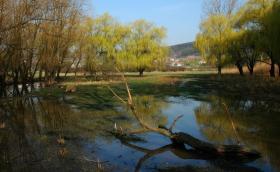
Mocsárosdűlő (Fotó: Főkert Zrt.)
Project Description
The Biodiverse City LIFE project is a site-based nature conservation initiative focusing on valuable grassland and forest habitats in the Pannonian biogeographical region (Pannonic salt steppes and marshes, sub-Pannonic steppic grasslands, Pannonian downy oak forests, alder and ash gallery forests).
Through the restoration of degraded grasslands, wetlands, and to a lesser extent forests, the project aims to improve the conservation status of 271 hectares of habitat. As a result, the populations of 20 indicator species—8 of which are of European (community) importance—are expected to increase. Additionally, ecosystem services will be enhanced and the negative effects of climate change will be mitigated.
The work will take place across three main sites: Mocsáros, Tétényi Plateau, and Kőérberek-Őrmező. Parts of the project's natural and semi-natural habitats under local protection are also part of the European Union's Natura 2000 network.
The project applies an integrated approach to nature conservation. In an urban context, conservation efforts must involve local residents to ensure long-term sustainability of results. Therefore, the project addresses the causes and effects of harmful human impacts on Budapest’s natural environment, promoting sustainable urban land-use practices and peaceful coexistence between nature and urban lifestyles.
A key objective is to raise awareness of the value of urban biodiversity and ecosystem services. The main project sites and the green spaces of the “Wildflowering Budapest” program serve as platforms for demonstration, awareness-raising, and community participation. As a result of the project, the area of locally protected sites will increase significantly, urban biodiversity and ecosystem services will improve, and the implemented activities will substantially contribute to the goals of the European Biodiversity Strategy for 2030.
The field activities are focused on the following locally protected areas in Budapest:
Mocsáros nature reserve
The 75-hectare project area is mostly bordered by suburban residential zones and is enclosed from the south by a railway line. It has the potential to become one of the largest and most valuable wetland habitats in the capital, although currently it consists of habitat patches in varying states of degradation.
On its northern side, a 24.3-hectare section has been under local nature protection since 1994. However, the area has been significantly impacted by current land use practices and illegal human activities. Historically, the wetland was drained and converted into agricultural land, and in the 1980s it was designated for residential development. Fortunately, construction never began. The unmanaged and unclear land-use situation persisted until 2021, when the Municipality of Budapest reclassified the majority of the Mocsáros green area into non-developable land-use categories.
Following the approval of the LIFE project, as of April 1, 2024, the Mocsáros Nature Reserve has been expanded to 75 hectares. This expansion has created the conditions necessary for clearing abandoned structures, implementing water regulation measures to support a more favorable water balance, establishing extensive nature-friendly grazing, and converting tree plantations into native forest habitats.
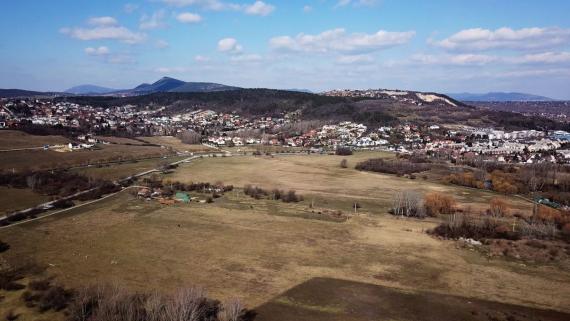
Tétényi-fennsík nature reserve
The total area of the site is 130 hectares, of which 103 hectares hold NATURA 2000 status. Located on the Buda side of Budapest, the Tétényi Plateau is the largest locally protected area in the capital. Centuries of deforestation led to soil degradation, but in turn, valuable dry grassland habitats emerged, where lowland and upland herbaceous plant species occur side by side. For decades, the area served as a military training ground, which damaged the natural environment, yet also prevented urban development and limited human disturbance.
Several abandoned military structures remain on-site, some of which have become informal shelters for homeless individuals. The main ecological threats to the area include the spread of invasive species—such as tree of heaven (Ailanthus altissima), oleaster (Elaeagnus angustifolia), and black locust (Robinia pseudoacacia)—particularly in the former training grounds. Other issues include illegal waste dumping, off-leash dog walking, and horseback riding off designated trails. The ongoing urban development in surrounding areas is increasing the number of nearby residents, amplifying recreational pressure on the site.
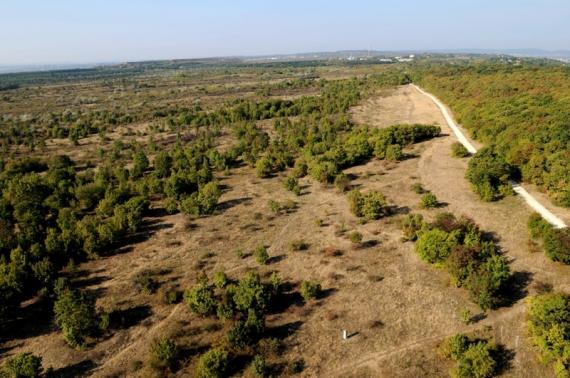
Kőérberek Alkali Meadow and Nature Reserve
and the newly designated Őrmező Meadows Nature Reserve
Currently, the locally protected area covers 41.8 hectares. This site is one of the largest remaining wetland habitats in South Buda. Along the drainage channels, patches of reed beds, marsh meadows, and temporary water bodies can be found.
In the past, drainage ditches were installed to facilitate thermal water extraction, which gradually led to the drying out of wetland habitats. In recent years, the Municipality of Budapest has begun the restoration of these wetlands based on carefully considered plans, with the aim of re-establishing water retention and improving ecological conditions.
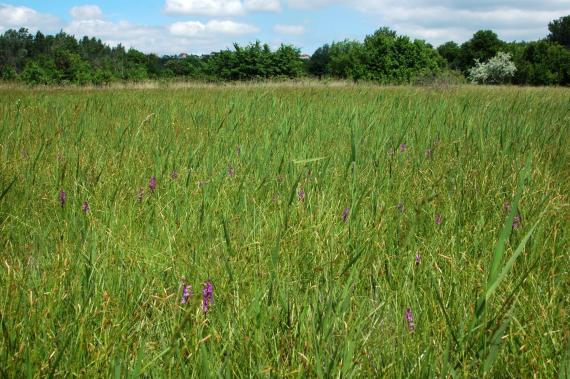
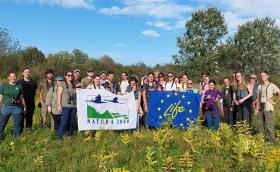
We are looking for volunteers for monitoring!
Main Activities of the Project
The project focuses on the restoration of three distinct locally protected grassland areas in Budapest, several of which include habitats of community interest under the EU Habitats Directive, making them ecologically valuable at the European level. Restoration will be carried out using sustainable and nature-friendly land management methods.
Key habitat restoration activities include the removal of non-native invasive species from semi-natural grasslands, and the creation of mosaic habitats consisting of native forest patches interspersed with clearings and shrublands. At the two wetland sites (Mocsáros and Kőérberek–Őrmező), a water retention programme will be implemented to increase the extent and duration of temporary inundation.
To ensure long-term ecological maintenance, conservation grazing will be introduced in Mocsáros and on the Tétényi Plateau, while the meadows of Kőérberek–Őrmező will be maintained through mowing.
The project aims to promote and encourage public acceptance of environmentally sustainable land-use practices. Adopting an integrated approach to nature conservation, the project includes targeted awareness-raising and community engagement activities for local residents, schoolchildren, professionals, and decision-makers. These efforts aim to promote understanding and support for the protection of urban natural areas. Active involvement of local communities is essential to ensuring the long-term sustainability of project results in an urban context.
The project significantly enhances urban biodiversity and ecosystem services, while also improving recreational opportunities for residents. Demonstrations and workshops will offer opportunities for national and international professional audiences to learn about the project’s outcomes in habitat restoration, grassland management, and environmental education.
The project is implemented by a consortium of 6 professional partners:
- Municipality of Budapest (Project Coordinator): Oversees the rehabilitation works, leads project communication, and ensures the dissemination of results.
- Budapest Public Utilities Nonprofit Ltd. (BKM) – primarily its Horticultural Division (FŐKERT): Responsible for executing habitat restoration, monitoring habitat conditions, and managing daily project operations.
- Hungarian Ornithological and Nature Conservation Society (MME / BirdLife Hungary): Leads the monitoring activities, supports project communication, and coordinates the development of Budapest’s biodiversity and grassland strategies.
- Pilis Park Forestry Company (Pilisi Parkerdő Zrt.): Implements forest restoration by replacing tree plantations with native species and structurally diverse woodland.
- Municipality of Óbuda-Békásmegyer (District III) and Óbuda-Békásmegyer Urban Development Nonprofit Ltd.: Coordinate community forums, lead social facilitation with mediator involvement, manage legal regularization processes, and oversee selected infrastructure works to improve water supply and retention.
- Budapest Sewage Works Pte Ltd. (FCSM): Responsible for designing and implementing water retention infrastructure in Mocsáros and the Kőérberek–Őrmező alkali meadow nature reserve.
- Additional financial support is provided by the Municipality of Újbuda (District XI).
Two civil society organisations also play a key role in project implementation:
– Zöld Jövő Environmental Association
– Hungarian Society for Environmental Education
Project duration:
Start date: 1 September 2024
End date: 31 August 2031
Total duration: 84 months
Total awarded EU funding (for the entire consortium): €2,165,026.23

